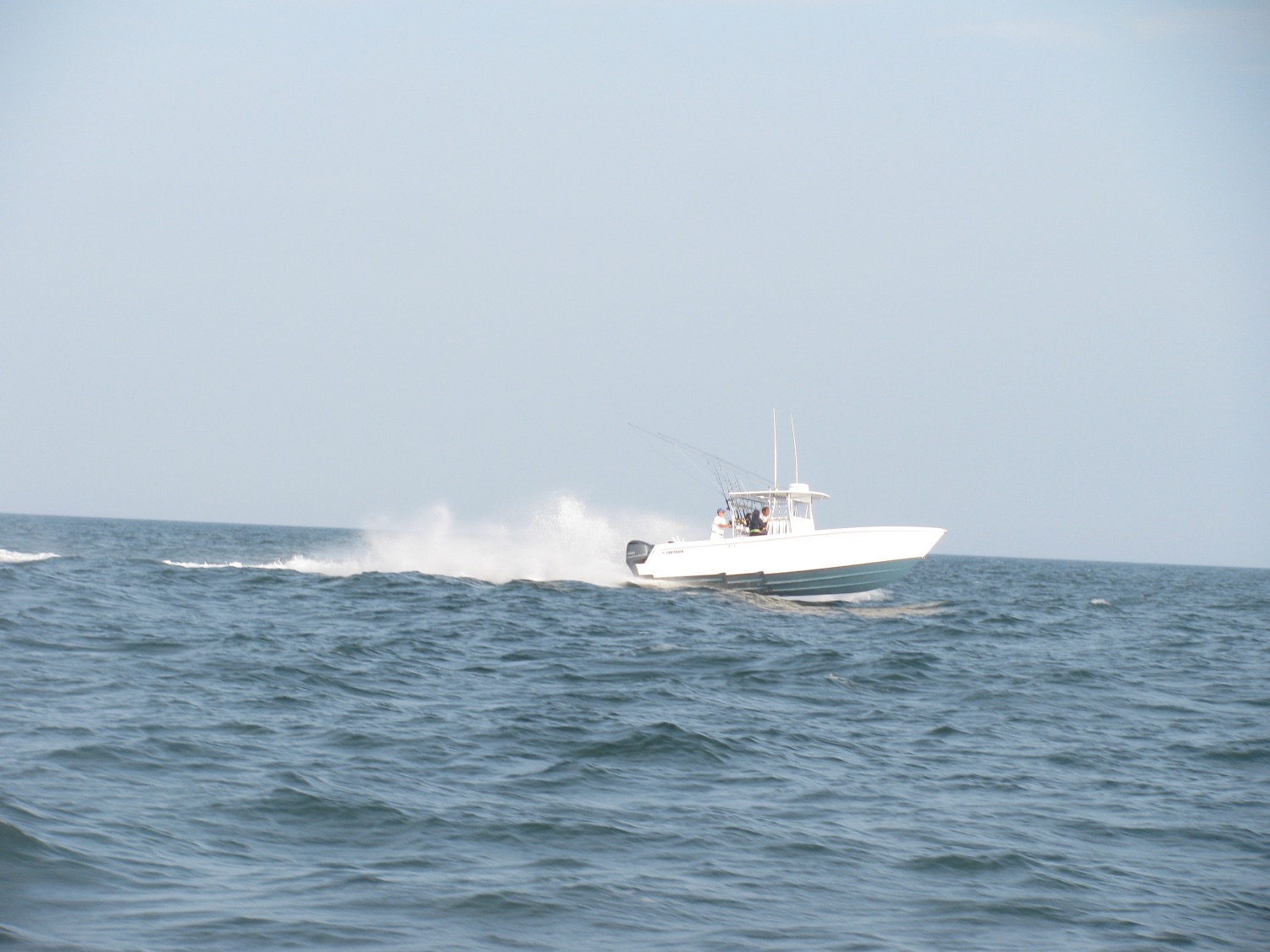DLBA UNIVERSITY
Human Factors - Injury & Fatigue Criteria
August 5, 2021
By Dean M. Schleicher, P.E., and Donald L. Blount
In our estimation at DLBA, seakeeping considerations remain perhaps the most important element of boat design, for most boats. Certainly racing boats and other craft trying to set speed records have a need for speed which is paramount, but boats carrying workers, paying passengers, or recreational guests need to be comfortable. There are numerous criteria available for human factors engineering to establish acceptable limits for motions, accelerations, and vibrations for a wide variety of transportation devices. Small craft operating at high speeds often have challenges in meeting these criteria simply due to the nature of the situation: small boats + high speed + waves = high motions and accelerations.

Others in the technical community are interested in this topic as well, and quite a lot of work has been completed in the last ten years or so. Back in 2010 we concluded that seakeeping criteria for Injury and Fatigue prevention for human passengers was perhaps the most important. There were several different methods introduced for the evaluation of these aspects in preceding years, and we took an initiative to assess those different methods to provide a practical perspective. This paper outlines our review of these processes and shares our thoughts for moving forward in the community. It’s a bit dated now, but take a look to see if you agree!
Conclusions
This paper introduces two criteria specific to high speed craft operation, formulates a test plan to develop tools to incorporate these criteria into the design process, and postulates a format for depicting the performance of a notional vessel against these criteria. Previous publications in these areas have been simplistic and neglect the unfortunate anecdotal reality that a more comfortable boat will be driven faster – in essence, the operator will drive to the point of discomfort [Dobbins, et al, 2008]. The development of operational envelopes is an appropriate solution for the problem of injury in high speed craft operated in rough seas. The information can be provided to the operators and the command structure which operates these boats and reasonable judgments can be made regarding the risk associated with the operation of a boat in a particular environment. In addition, thorough documentation of capabilities will allow evolutionary and revolutionary improvements of the technology with regard to the criteria.
The unfortunate reality with the existing criteria, boats, seats and operational practices is that operators must neglect gathering data in order to maintain operations. Restrictive criteria can prohibit operation in the marine environment. As a result, operators may choose to avoid making measurements to protect their enterprise to the detriment of the long term health of their operators. Comprehensive measurements, analysis of the data and the development of design guidance need to be performed prior to the implementation of legal and bureaucratic regulation in order to understand the scope of the problem, to improve the safety of the vessels and to improve the quality of life for those who operate the vessel.
If you would like to receive the full paper or discuss this subject, please contact Jeffrey Bowles.

References
1. Schleicher, D., “Regarding Small Craft Seakeeping,” Chesapeake Power Boat Symposium, USA, 2008.
2. Peterson, R., et al, “High Speed Craft Health Monitoring System,” Pacific 2008 IMC, Australia, 2008.
3. Peterson, R., Bass, C., et al, “Shock Mitigation for the Human on High Speed Craft: Development of an Impact Injury Design Rule,” RTO AVT Symposium, Czech Republic, October, 2004.
> Complete list of references available in the full paper. To receive this PDF file, please contact Jeffrey Bowles.
Share this article online:
HOW CAN WE HELP YOU?
FEEL FREE TO CONTACT US

DLBA Naval Architects
860 Greenbrier Circle, Suite 201 Chesapeake, Virginia 23320 USA
Phone: 757-545-3700 | Fax: 757-545-8227 | dlba@gibbscox.com
STAY UPDATED
SIGN UP FOR OUR NEWSLETTER
Keep your finger on the pulse of the latest points of focus in naval architecture and engineering: subscribe to DLBA’s concise monthly newsletter. Within it, we briefly describe and picture our latest projects and concepts. We encourage feedback and seek to have our newsletter spark conversation regarding potential collaborations and further advancements as we share our passion for the industry.
